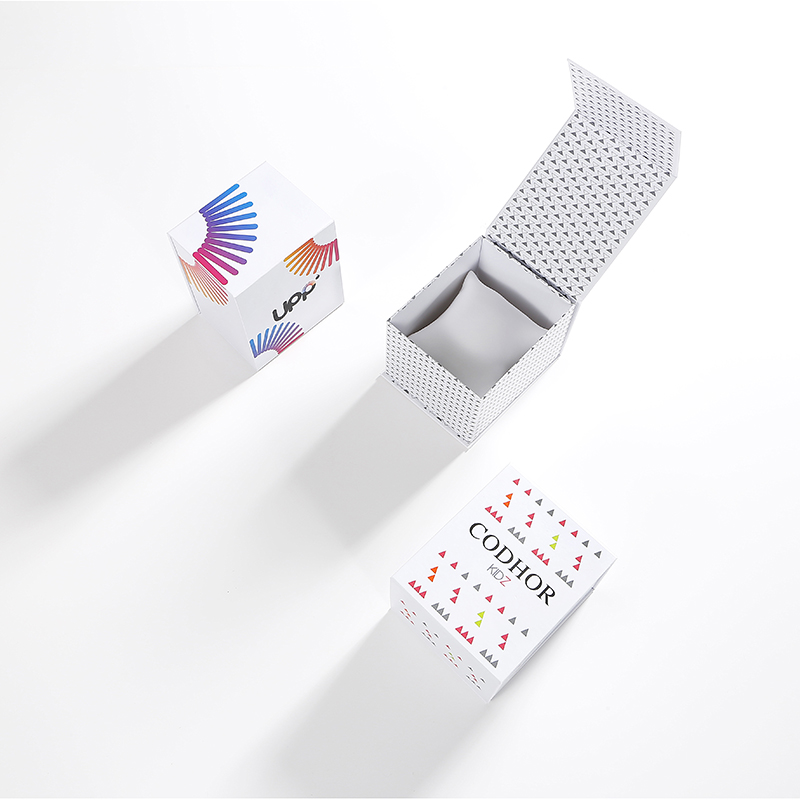Mar. 14, 2023
When it comes to printing, one of the most difficult tasks is printing four-color flat screen products. This is because of the complexity of the process and the precision required.
What is a four-color flat screen? Four-color flat screen means that the color is very light, and the dots are basically below 50%; four-color flat screen means that black (K), red (M), blue (cyan C), and yellow (Y) are used to collide with the dots by about 50%. The light colors that come out are not easy to print on flat screens, and they are easy to crack, and the color difference is serious and difficult to control.
First, four-color flat screen products require the use of four different colors. This means that the printer must be able to accurately mix the colors in order to create the desired effect. This is a difficult task, as different colors must be blended to create a single hue. Additionally, the colors must be consistent in order to ensure that the product is of the desired quality.

Second, the printer must be able to accurately register the colors in order to create a consistent, high-quality product. This requires the printer to be able to accurately and precisely align each of the colors, as well as adjust the colors to ensure that they are in the right spot. This is usually done with a registration system that checks and adjusts the colors to ensure that they are correctly placed.
Third, the printer must be able to control the colors and how they interact with each other. Colors must be able to blend in order to create the desired effect. This requires the printer to be able to accurately adjust the colors so that they mix correctly. Additionally, it requires the printer to be able to adjust the colors in order to create the desired effect.
Fourth, the printer must be able to accurately control the pressure and speed of the printing process. Printing four-color flat screen products requires the printer to be able to control the pressure and speed of the printing process in order to ensure that the colors are printed accurately and consistently.
Finally, the printer must be able to accurately control the paper quality. When printing four-color flat screen products, it is important that the paper is of a high-quality. This is because the paper must be able to accurately reproduce the colors. If the paper is not of a high-quality, the colors may not be reproduced accurately, resulting in a poor-quality product.
In conclusion, printing four-color flat screen products is a difficult task that requires a high level of skill and precision. It requires the printer to be able to accurately mix, register, and adjust the colors, as well as control the pressure and speed of the printing process. Additionally, it requires the printer to be able to accurately control the paper quality in order to ensure that the colors are reproduced accurately. All of these tasks make it difficult to print four-color flat screen products.